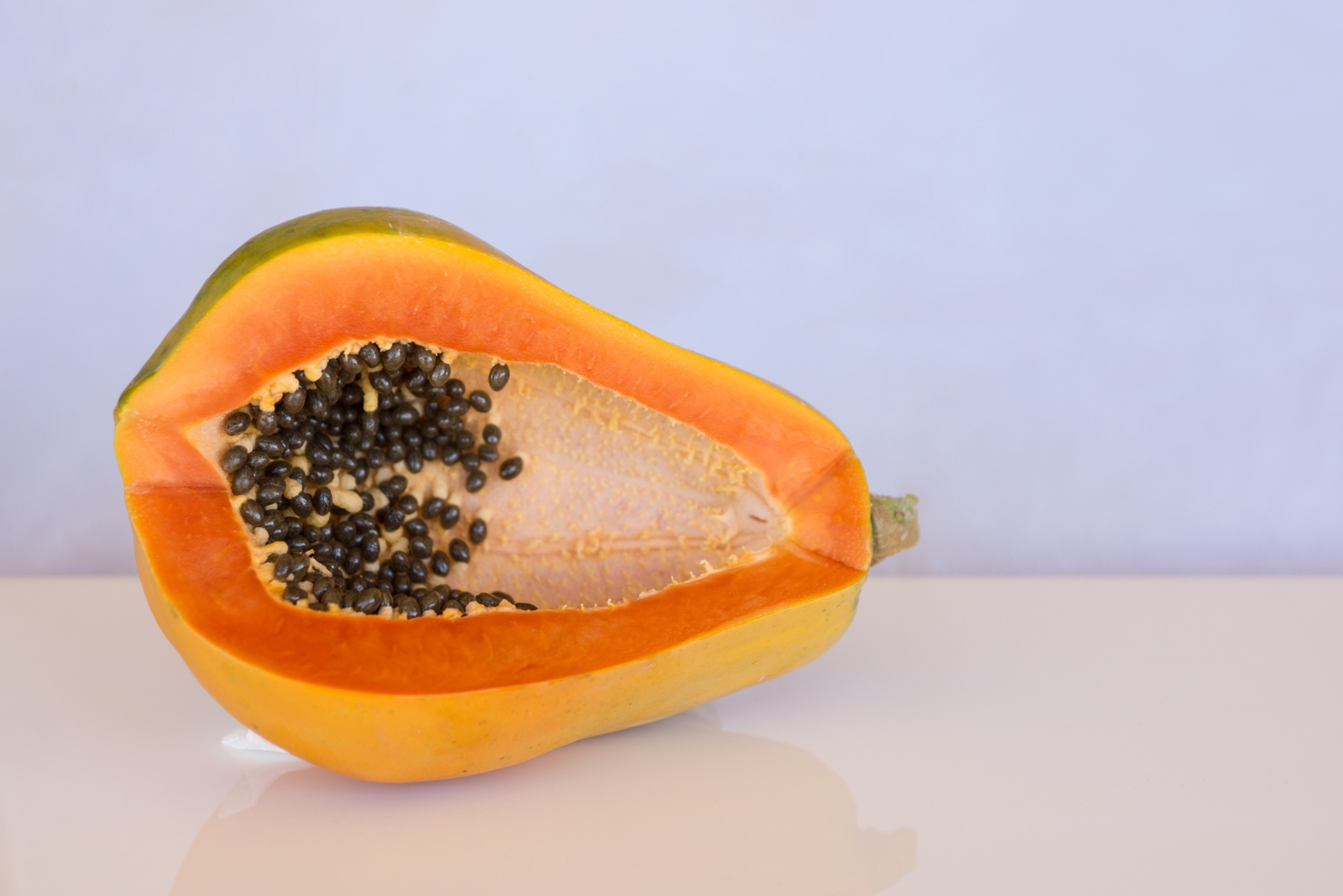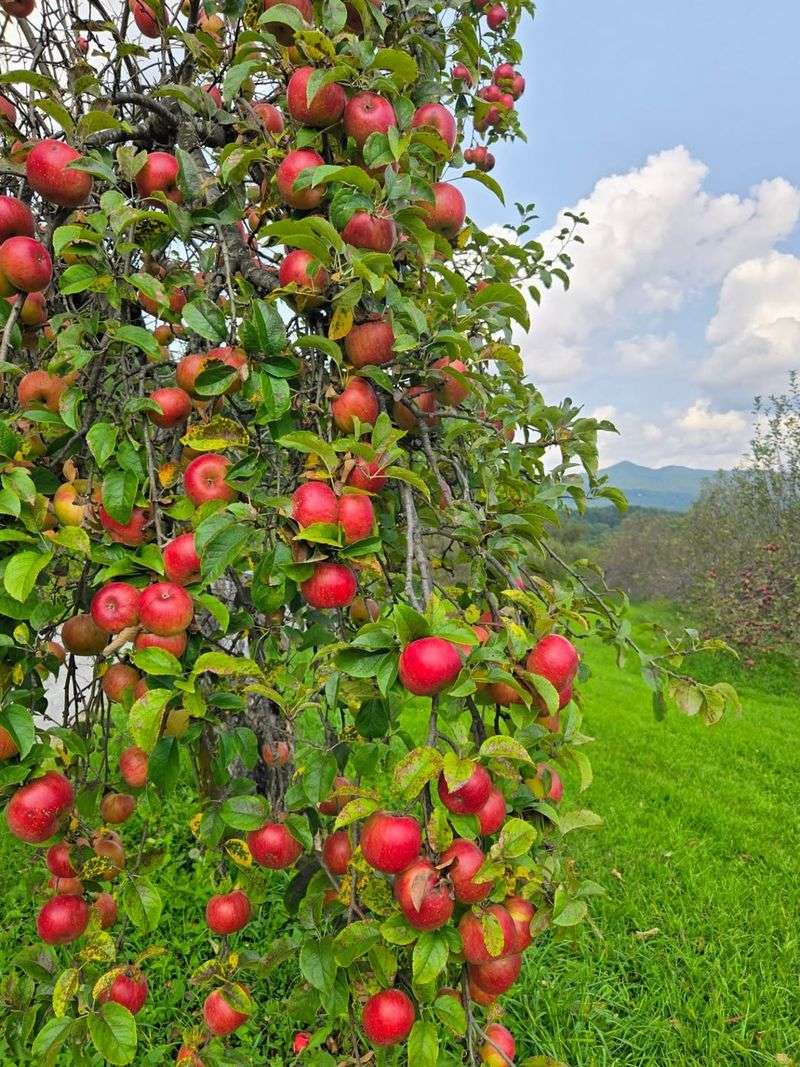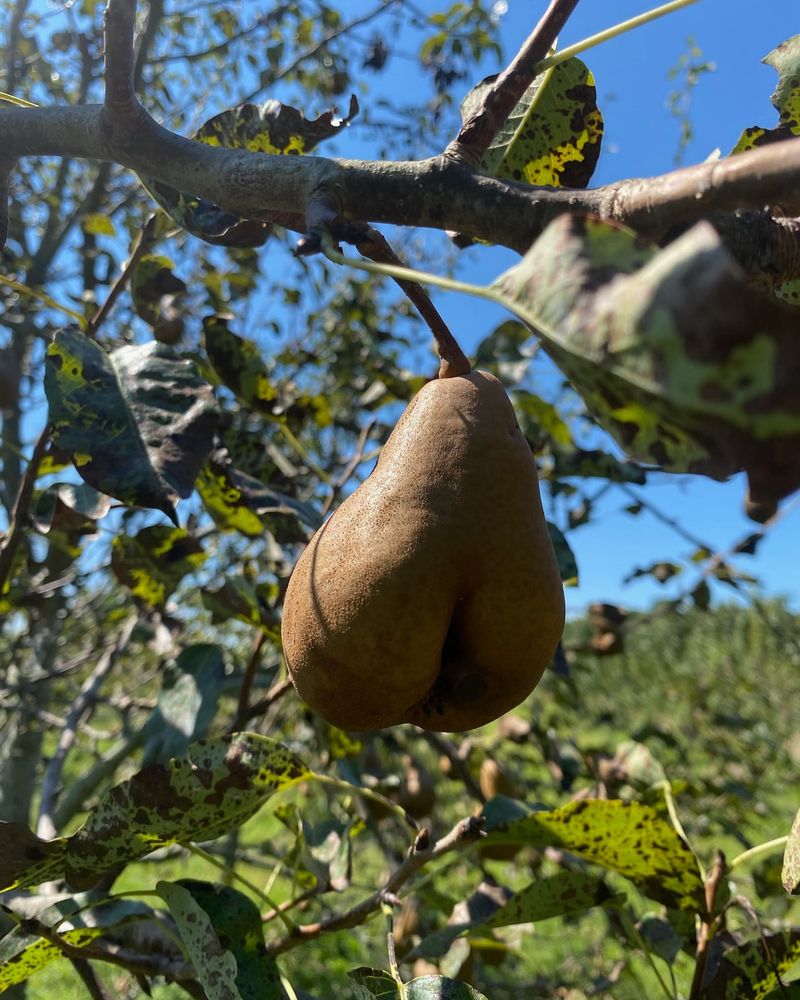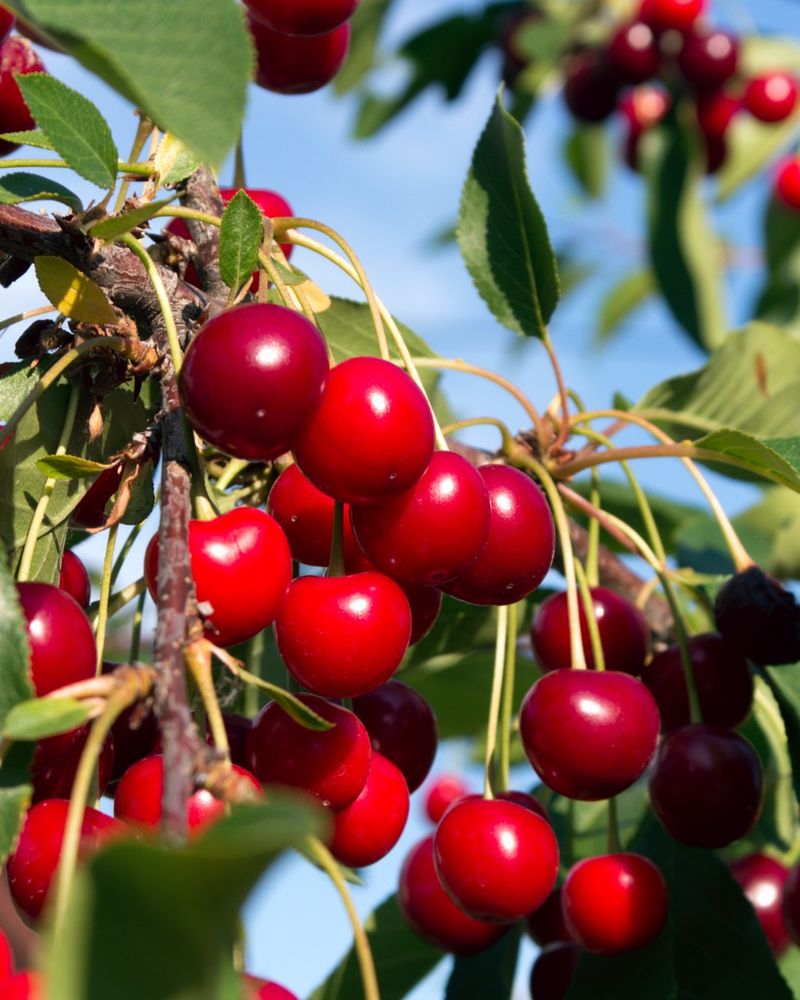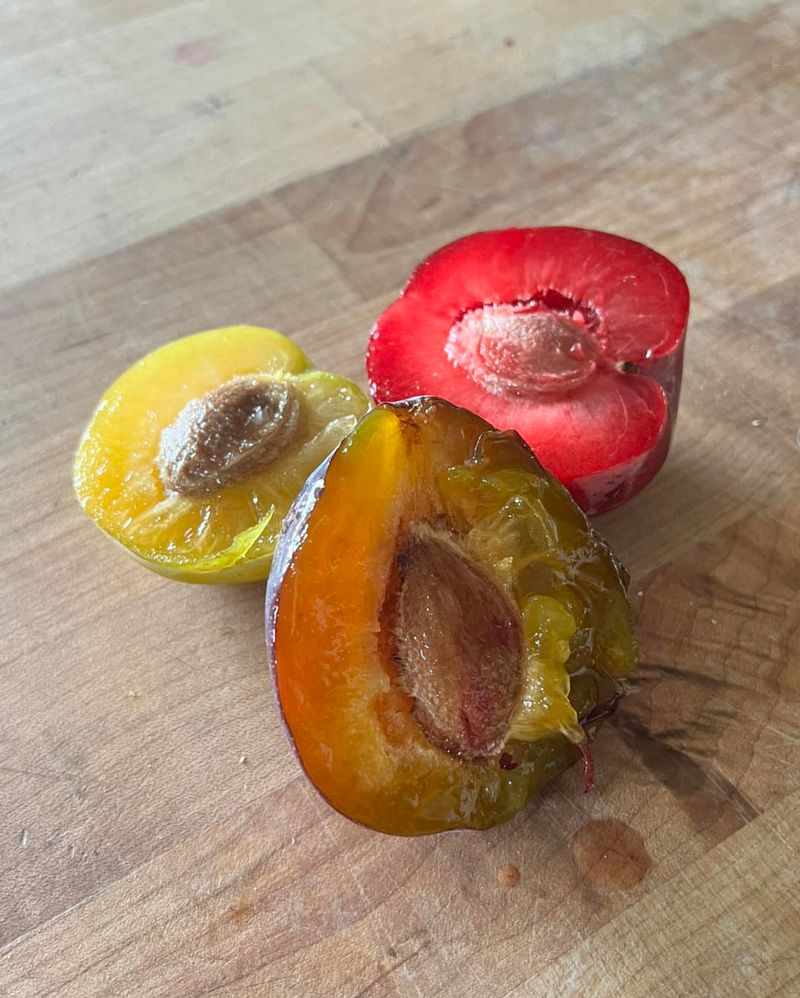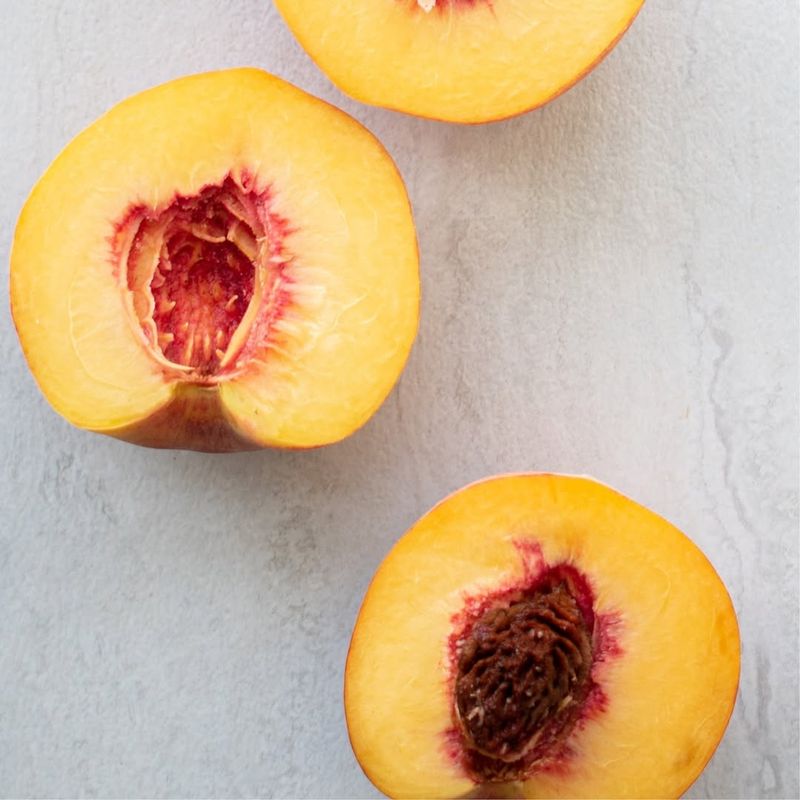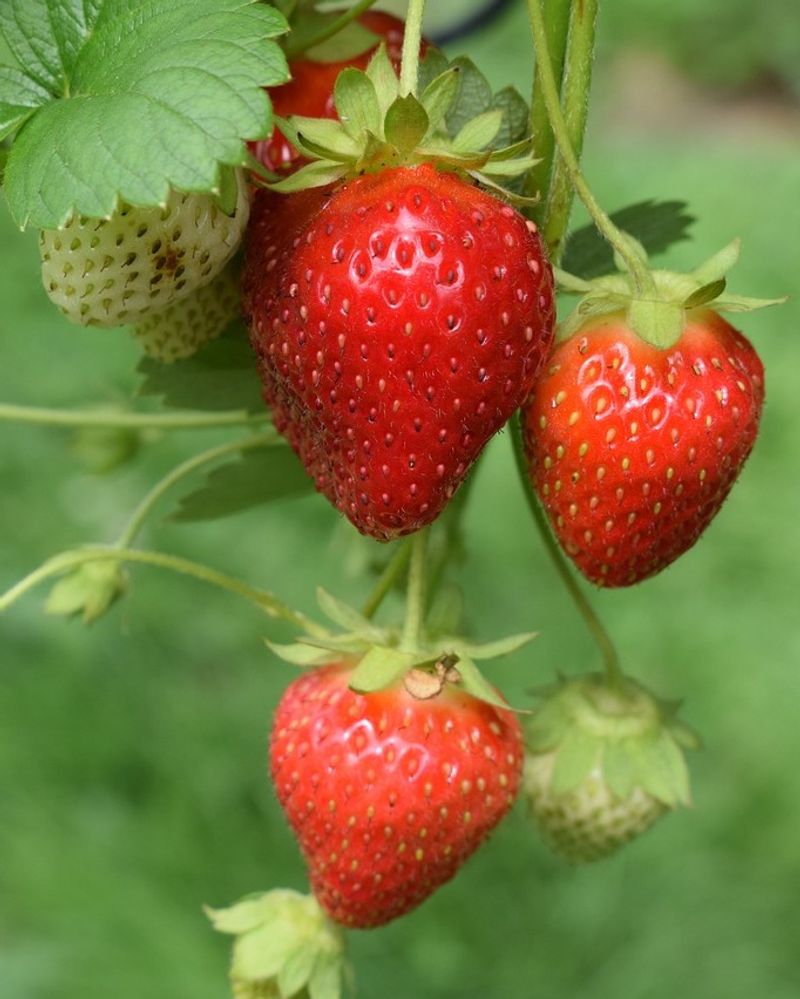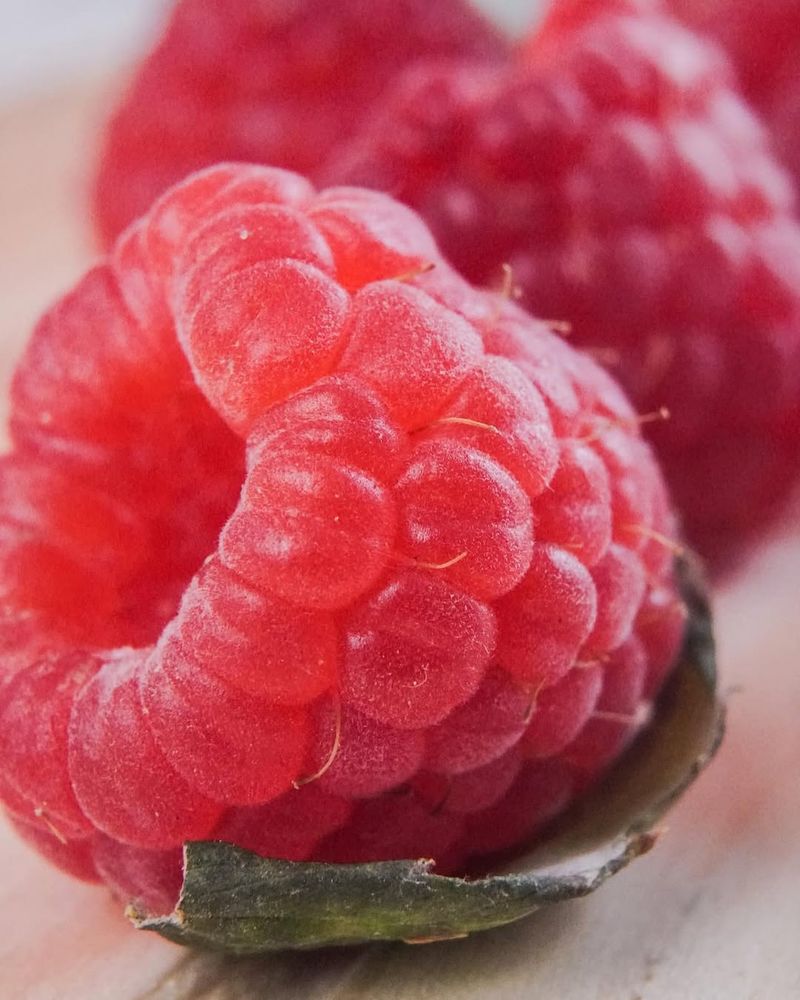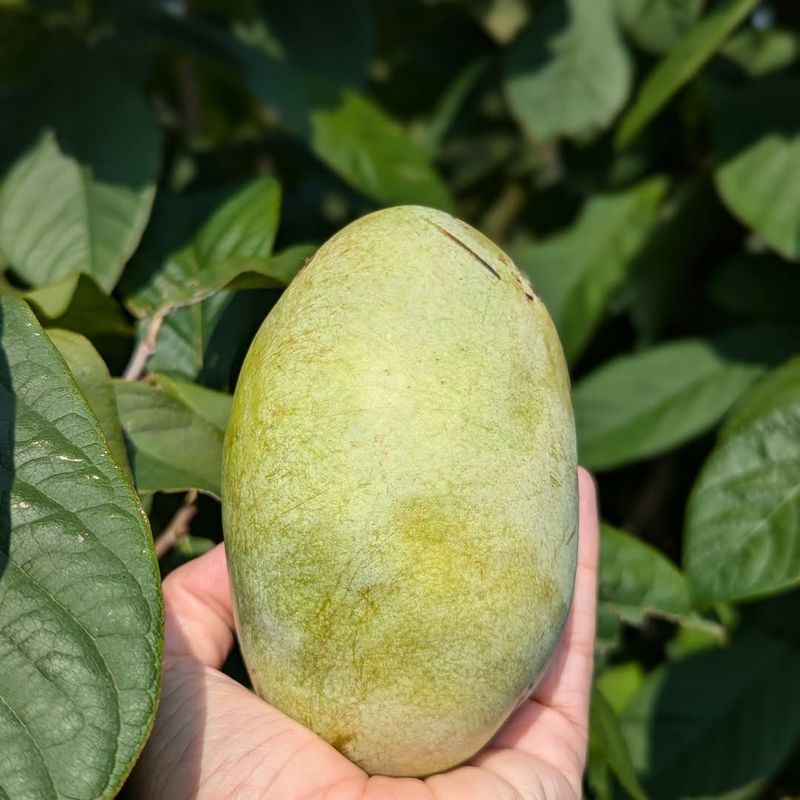October might seem like an odd time to think about planting fruit seeds, but Michigan gardeners know better. Cold stratification, a natural process that mimics winter conditions, helps certain fruit seeds germinate successfully when spring arrives.
Starting these seeds now means you’ll be ready to enjoy homegrown fruit in the coming years, saving money and experiencing the joy of growing food from scratch.
1. Apple Seeds
Apples grown from seed won’t match their parent tree, but that’s part of the adventure. You might discover a completely new variety with flavors ranging from sweet to tart. October is perfect because apple seeds need 60 to 90 days of cold, moist conditions before they’ll sprout.
Simply collect seeds from your favorite apples, rinse them clean, and place them in damp sand or peat moss inside your refrigerator. By spring, they’ll be ready to plant outdoors. Growing apples from seed takes patience, but the reward is worth the wait.
2. Pear Seeds
Did you know pear trees can live for over 100 years? Starting them from seed in October gives you a chance to create a family legacy. Pear seeds require cold stratification for about 90 days, making fall planting ideal for Michigan’s climate.
Extract seeds from ripe pears, clean off any fruit residue, and store them in moist vermiculite in your fridge. Come spring, plant them in well-draining soil and watch your future orchard begin. Seedling pears may take several years to fruit, but they’re incredibly hardy once established.
3. Cherry Pits
Cherry pits have one of nature’s toughest seed coats, designed to survive harsh winters before sprouting. Planting them in October lets Mother Nature do the work for you. Both sweet and tart cherry varieties benefit from this natural cold treatment lasting 120 days or more.
Clean the pits thoroughly and plant them directly in outdoor containers or designated garden spots. Cover with mulch to protect from animals. Michigan’s winter temperatures provide perfect conditions for breaking dormancy, and you’ll see green shoots emerging when warm weather returns in spring.
4. Plum Pits
Plums are surprisingly easy to grow from pits if you start them at the right time. October offers the extended cold period these seeds crave, typically around 90 to 120 days. Japanese, European, and American plum varieties all respond well to fall planting in Michigan.
After enjoying fresh plums, save the pits and let them dry for a few days. Plant them about two inches deep in outdoor beds or pots filled with quality potting mix. Protect them with wire mesh to keep squirrels away, and wait for spring’s magic to unfold.
5. Peach Pits
Peach trees grown from pits often produce fruit within three to four years, making them faster than many other stone fruits. Starting in October ensures the pits receive 90 to 120 days of chilling they need to germinate properly. Michigan’s cold winters are actually perfect for this process.
Crack open the hard outer shell carefully to reveal the inner seed, or plant the whole pit about three inches deep. Keep the soil moist but not waterlogged throughout winter. By late spring, you’ll notice tiny peach seedlings pushing through the earth, ready to grow into productive trees.
6. Strawberry Seeds
With a heart full of hope and patience, gardeners can harvest strawberry seeds from store-bought or homegrown berries. October planting allows seeds to undergo a brief cold period, though strawberries are less demanding than tree fruits. Just 2 to 4 weeks of cold treatment helps improve germination rates significantly.
Scrape seeds from the outside of strawberries and let them dry completely. Place them in damp paper towels inside a plastic bag in your refrigerator. After stratification, plant them in shallow trays indoors. You’ll have berry plants ready to transplant outdoors when spring arrives.
7. Raspberry Seeds
Raspberry seeds are tiny but mighty, capable of producing productive canes within two years. Starting them in October takes advantage of natural cold stratification lasting 90 to 120 days. Both red and black raspberry varieties respond well to this method, making fall the smartest planting time.
Mash fresh raspberries through a fine mesh strainer to separate seeds from pulp, then rinse thoroughly. Mix seeds with moist sand and refrigerate in a sealed container. Plant them in early spring in containers or garden beds with excellent drainage. Soon you’ll enjoy homegrown berries bursting with flavor.
8. Pawpaw Seeds
Michigan’s own tropical treasure, the pawpaw, produces custard-like fruit with flavors reminiscent of banana and mango. Starting pawpaw seeds in October is essential because they lose viability quickly and need 90 to 120 days of cold, moist stratification. Fresh seeds work best, so collect them from ripe fruit immediately.
Clean seeds thoroughly and store them in damp peat moss or sand in your refrigerator. Never let them dry out completely, as this kills the embryo. Plant outdoors in spring in partially shaded locations. Pawpaw trees grow slowly but eventually reward patient gardeners with unique, delicious fruit.

